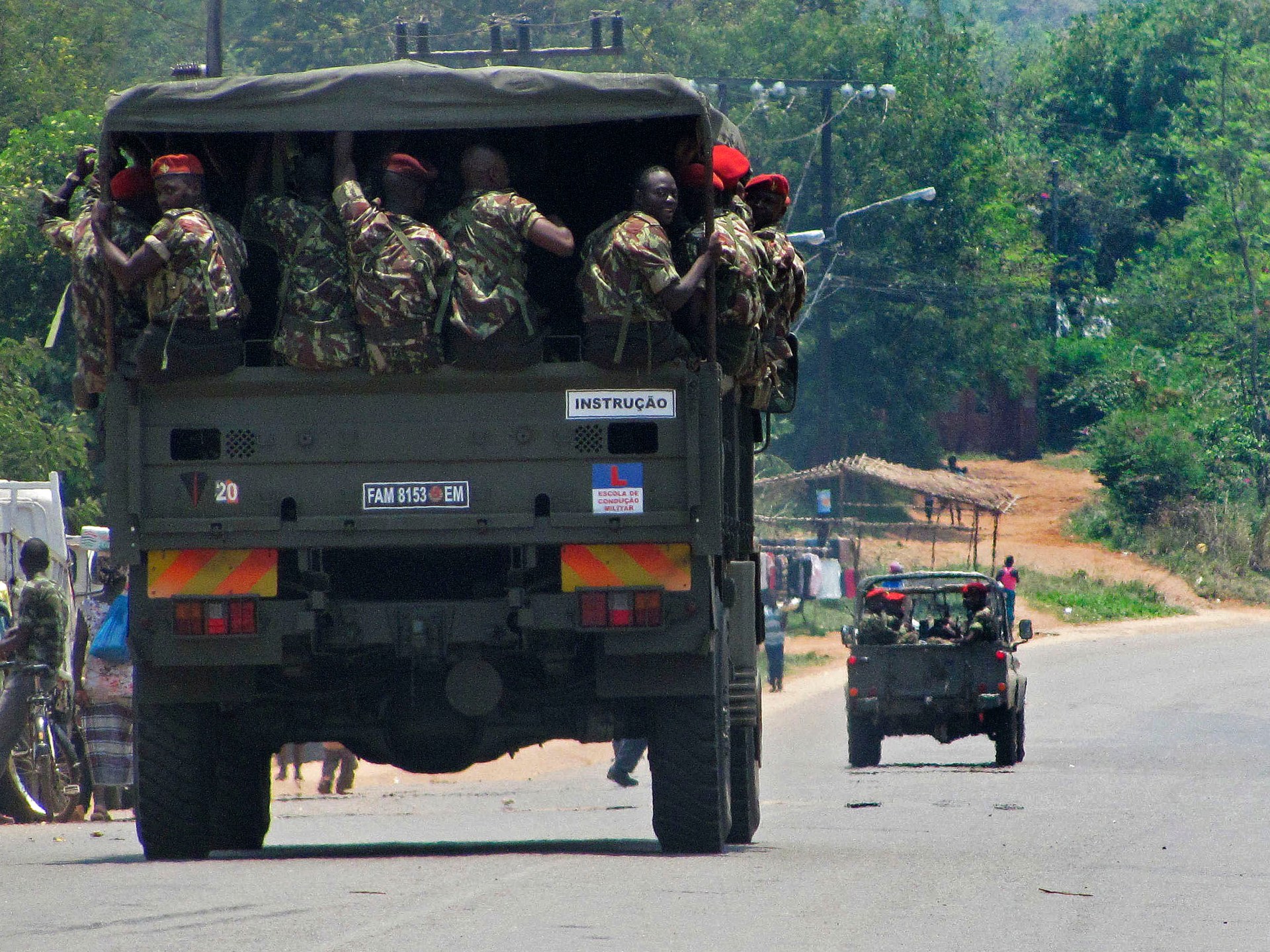(461) 02-27-2021-to-03-05-2021___****THE****WINDS****of****WAR****
WAR - 02-27-2021-to-03-05-2021___****THE****WINDS****of****WAR****
(462) 03-06-2021-to-03-12-2021___****THE****WINDS****of****WAR****
WAR - 03-06-2021-to-03-12-2021___****THE****WINDS****of****WAR****
(463) 03-13-2021-to-03-19-2021___****THE****WINDS****of****WAR****
--------------------------------------------------
This was posted on by Jward in the prior thread. Now being reported in the MSM in CONUS.......
Posted for fair use.....

 www.kron4.com
www.kron4.com
Gunmen kill 13 police in ambush in central Mexico
World
by: The Associated Press
Posted: Mar 20, 2021 / 10:42 AM PDT / Updated: Mar 20, 2021 / 10:43 AM PDT
MEXICO CITY (AP) — Gunmen apparently from a drug gang ambushed a police convoy Thursday in central Mexico, killing eight state police officers and five prosecution investigators in a hail of gunfire, authorities said.
The massacre of the 13 law enforcement officers in the State of Mexico was the country’s single biggest slaying of law enforcement since October 2019, when cartel gunmen ambushed and killed 14 state police officers in the neighboring state of Michoacan.
The Thursday ambush sparked a huge search for the killers in a rural, gang-plagued area southwest of Mexico City, which is surrounded on three sides by Mexico State. The dead law enforcement officers worked for the state.
While Mexico State contains suburbs of the capital, it also includes lawless mountain and scrub lands like the one where the attack occurred.
Rodrigo Martínez Celis, the head of the state Public Safety Department, said soldiers, marines and National Guard troops were combing the area by land and from the air looking for the killers.
“The convoy was carrying out patrols in the region, precisely to fight the criminal groups that operate in the area,” Martínez Celis said. “This aggression is an attack on the Mexican government.
“We will respond with all force,” he added.
There was no immediate indication as to what gang or cartel the gunmen might have belonged to. Several operate in the area around Coatepec Harinas, where the attack occurred.
The town is near a hot springs resort known as Ixtapan de la Sal, which is popular among Mexico City residents as a weekend getaway. But it also relatively close to cities like Taxco, where authorities have reported activities by the Guerreros Unidos gang apparently allied with the Jalisco cartel and by the Arcelia gang, dominated by the Familia Michoacán crime organization.
The attack appears to present a challenge for President Andrés Manuel López Obrador, who has pursued a strategy of not directly confronting drug cartels in an effort to avoid violence.
Trademark and Copyright 2021 The Associated Press. All rights reserved.
WAR - 02-27-2021-to-03-05-2021___****THE****WINDS****of****WAR****
(462) 03-06-2021-to-03-12-2021___****THE****WINDS****of****WAR****
WAR - 03-06-2021-to-03-12-2021___****THE****WINDS****of****WAR****
(463) 03-13-2021-to-03-19-2021___****THE****WINDS****of****WAR****
--------------------------------------------------
This was posted on by Jward in the prior thread. Now being reported in the MSM in CONUS.......
Posted for fair use.....

Gunmen kill 13 police in ambush in central Mexico
Gunmen apparently from a drug gang ambushed a police convoy Thursday in central Mexico. killing eight state police officers and five prosecution investigators in a hail of gunfire, authorities said…
Gunmen kill 13 police in ambush in central Mexico
World
by: The Associated Press
Posted: Mar 20, 2021 / 10:42 AM PDT / Updated: Mar 20, 2021 / 10:43 AM PDT
MEXICO CITY (AP) — Gunmen apparently from a drug gang ambushed a police convoy Thursday in central Mexico, killing eight state police officers and five prosecution investigators in a hail of gunfire, authorities said.
The massacre of the 13 law enforcement officers in the State of Mexico was the country’s single biggest slaying of law enforcement since October 2019, when cartel gunmen ambushed and killed 14 state police officers in the neighboring state of Michoacan.
The Thursday ambush sparked a huge search for the killers in a rural, gang-plagued area southwest of Mexico City, which is surrounded on three sides by Mexico State. The dead law enforcement officers worked for the state.
While Mexico State contains suburbs of the capital, it also includes lawless mountain and scrub lands like the one where the attack occurred.
Rodrigo Martínez Celis, the head of the state Public Safety Department, said soldiers, marines and National Guard troops were combing the area by land and from the air looking for the killers.
“The convoy was carrying out patrols in the region, precisely to fight the criminal groups that operate in the area,” Martínez Celis said. “This aggression is an attack on the Mexican government.
“We will respond with all force,” he added.
There was no immediate indication as to what gang or cartel the gunmen might have belonged to. Several operate in the area around Coatepec Harinas, where the attack occurred.
The town is near a hot springs resort known as Ixtapan de la Sal, which is popular among Mexico City residents as a weekend getaway. But it also relatively close to cities like Taxco, where authorities have reported activities by the Guerreros Unidos gang apparently allied with the Jalisco cartel and by the Arcelia gang, dominated by the Familia Michoacán crime organization.
The attack appears to present a challenge for President Andrés Manuel López Obrador, who has pursued a strategy of not directly confronting drug cartels in an effort to avoid violence.
Trademark and Copyright 2021 The Associated Press. All rights reserved.



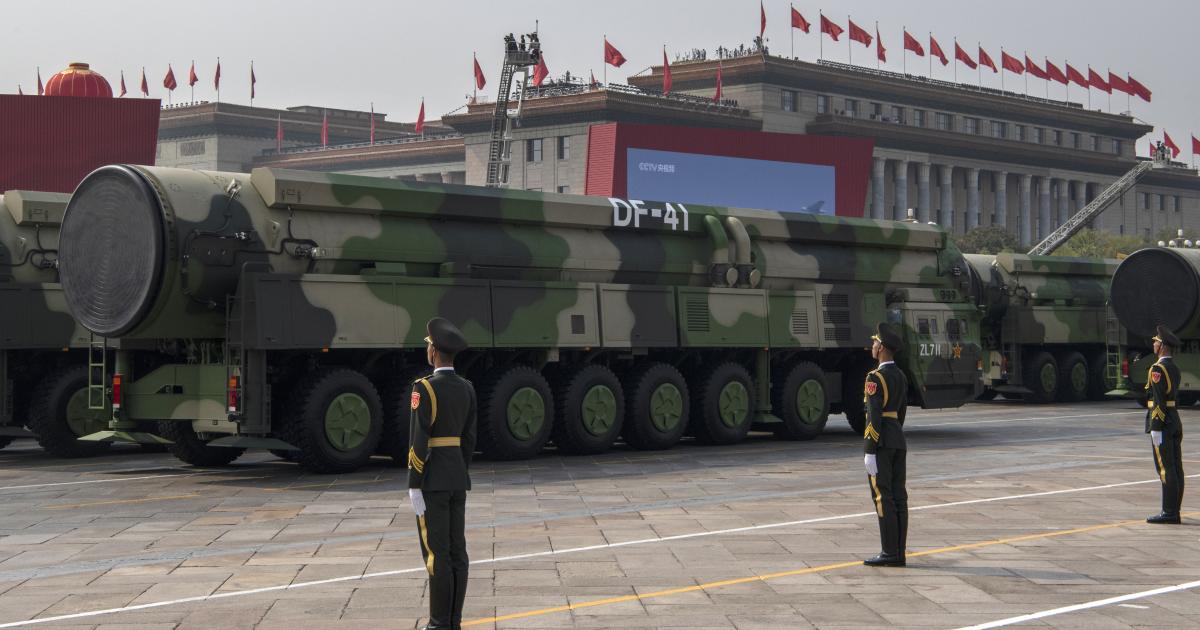









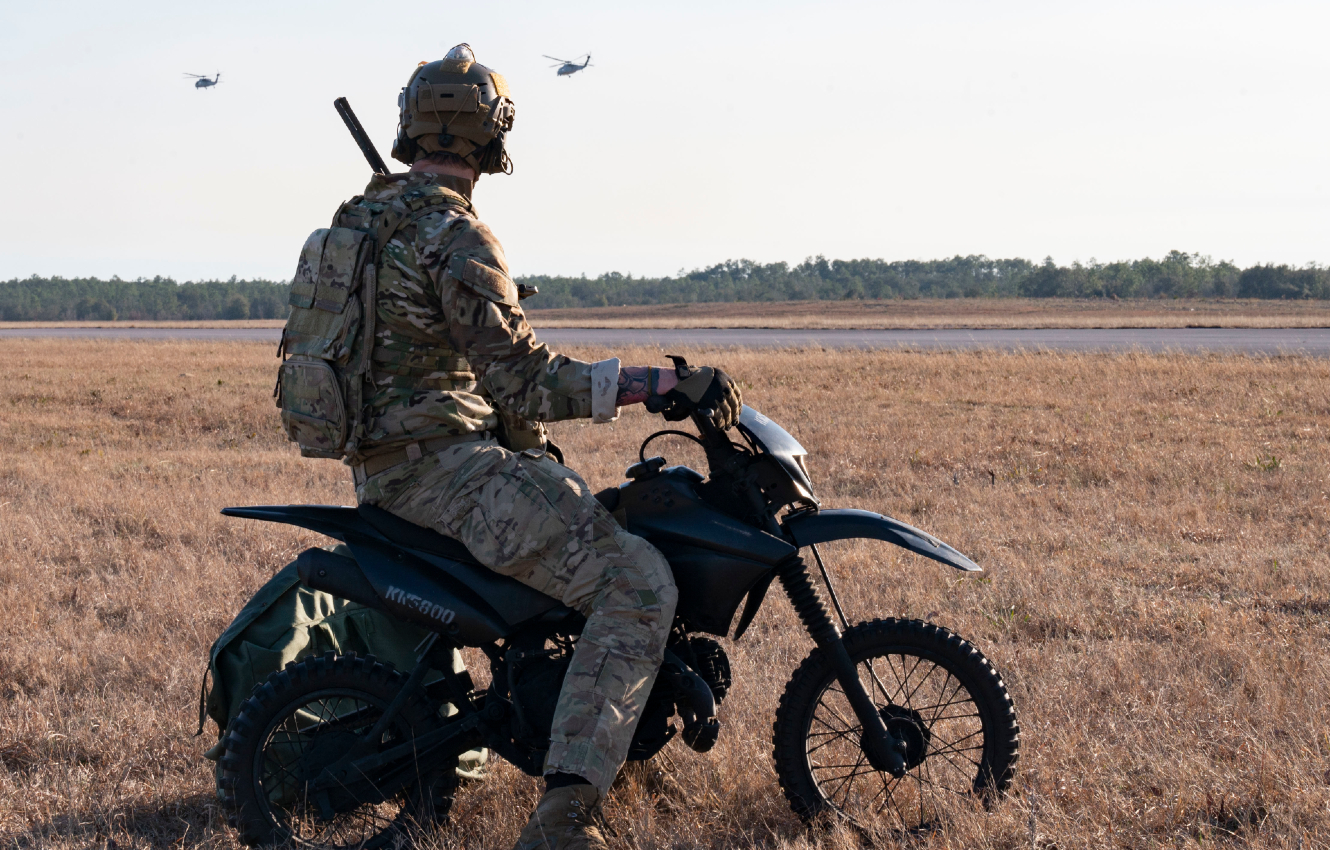





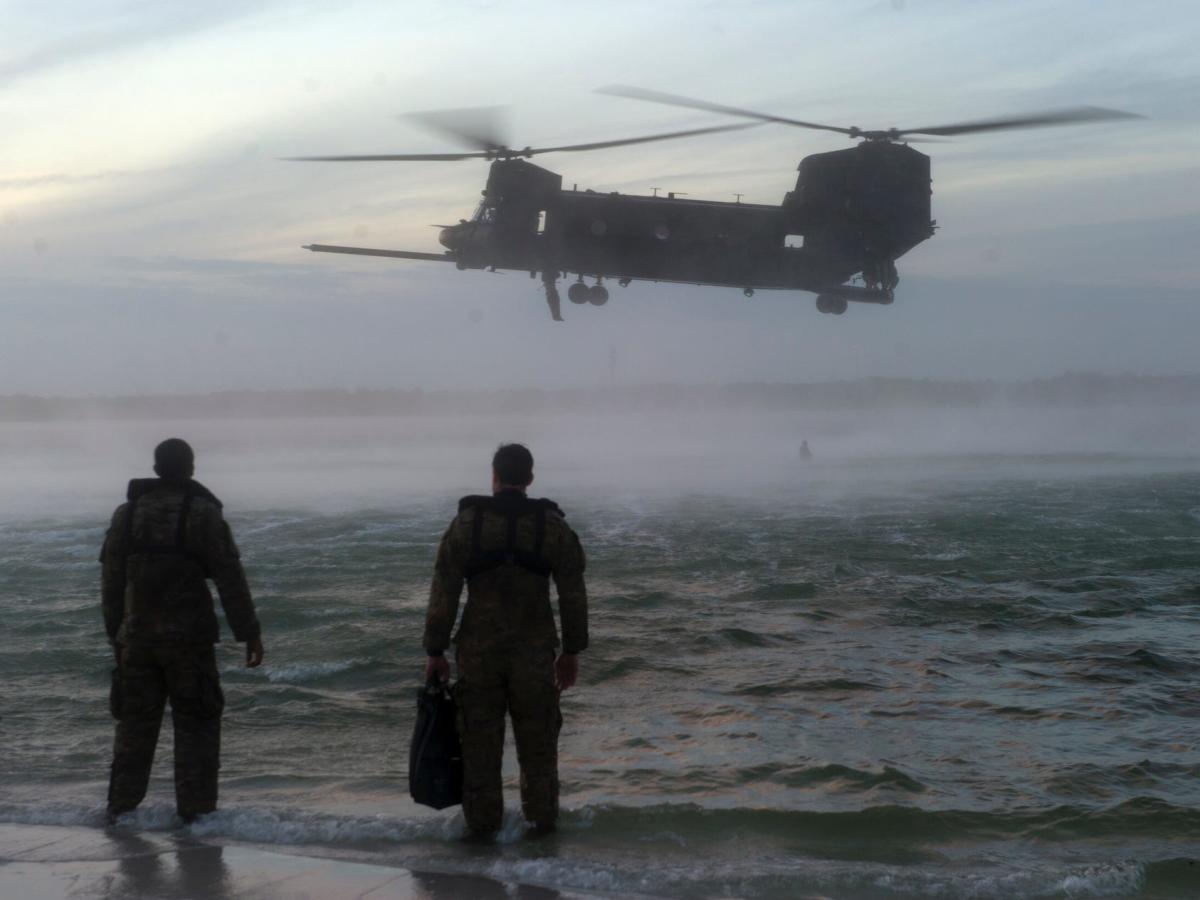







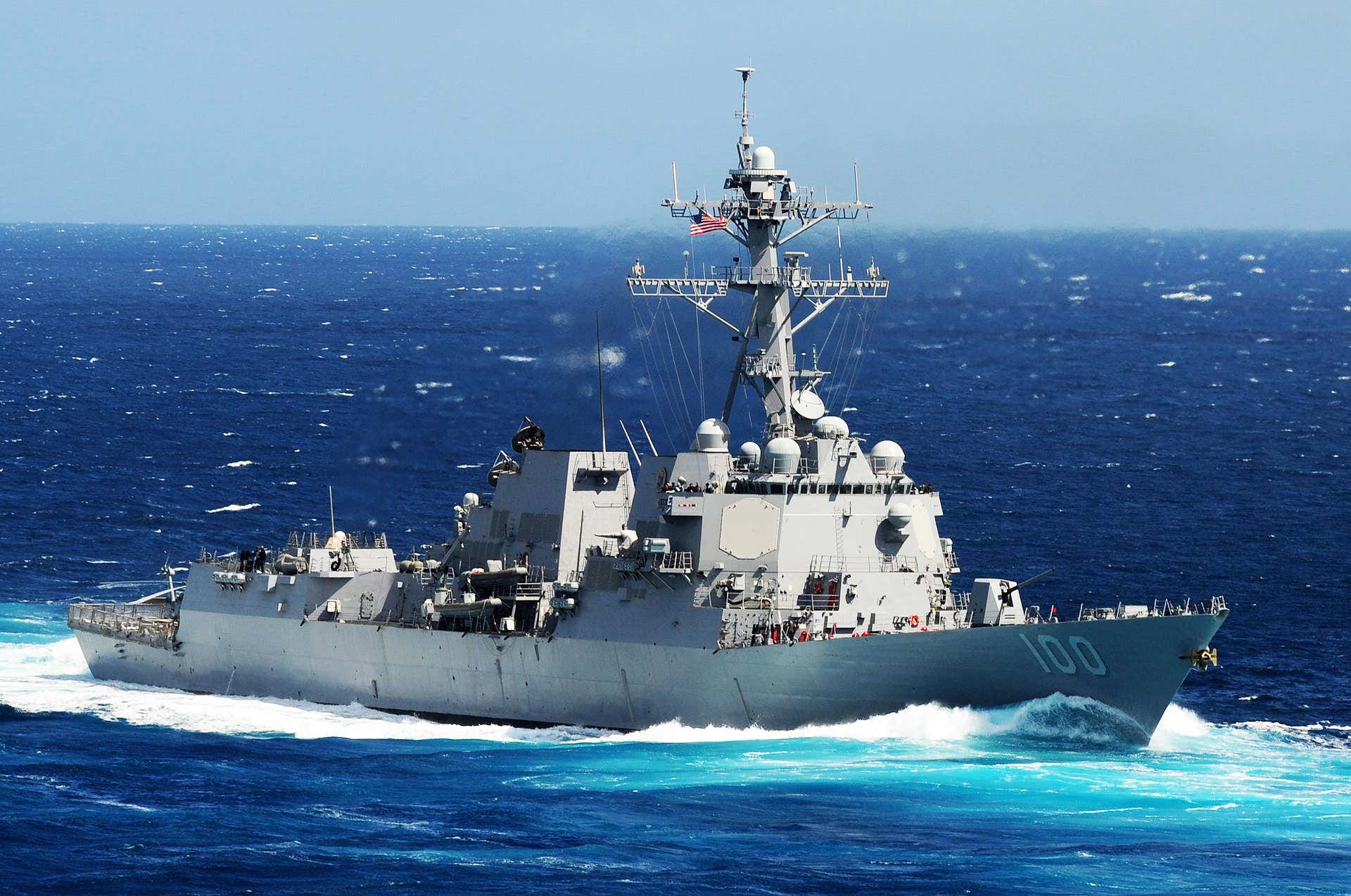
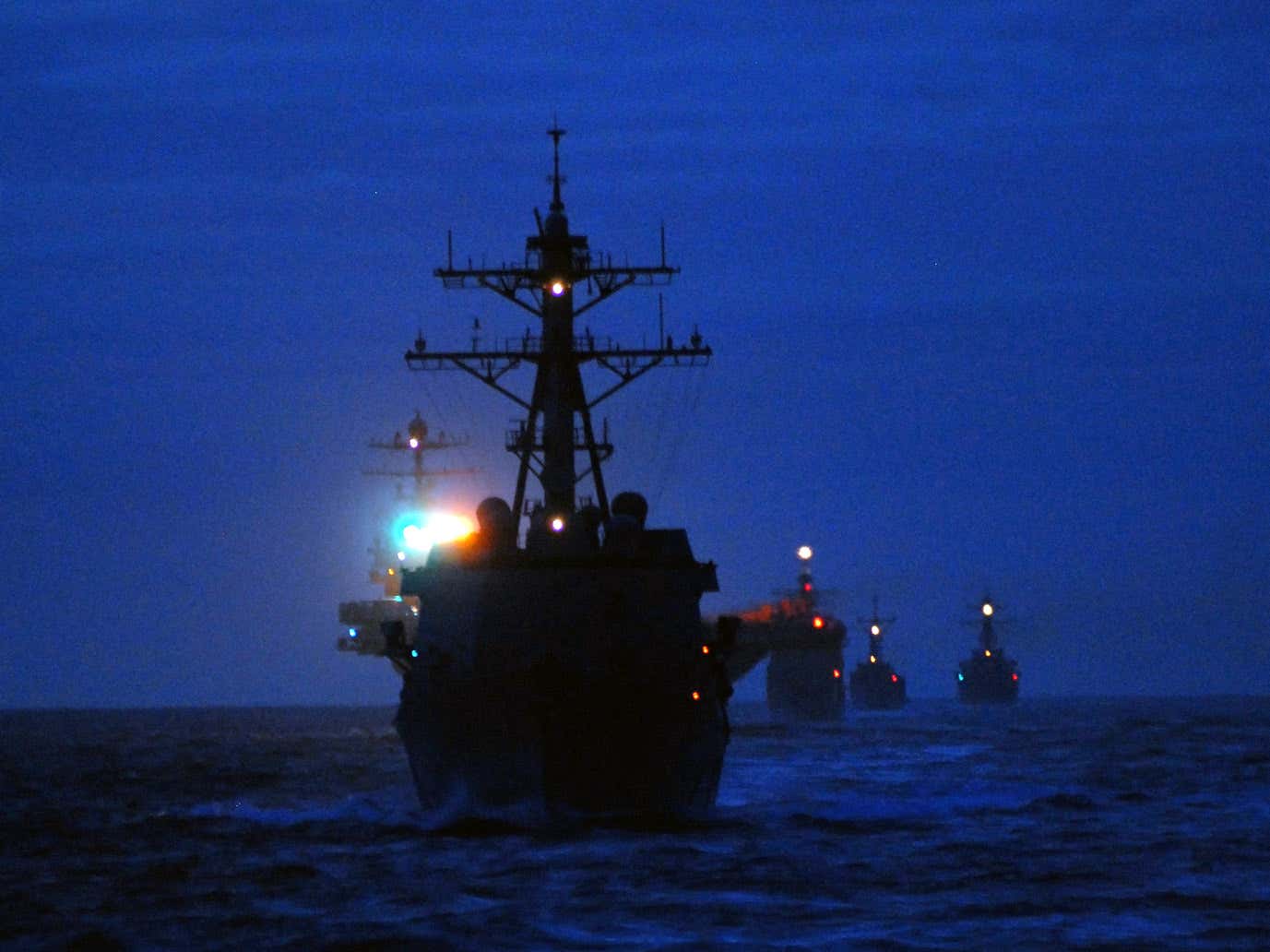

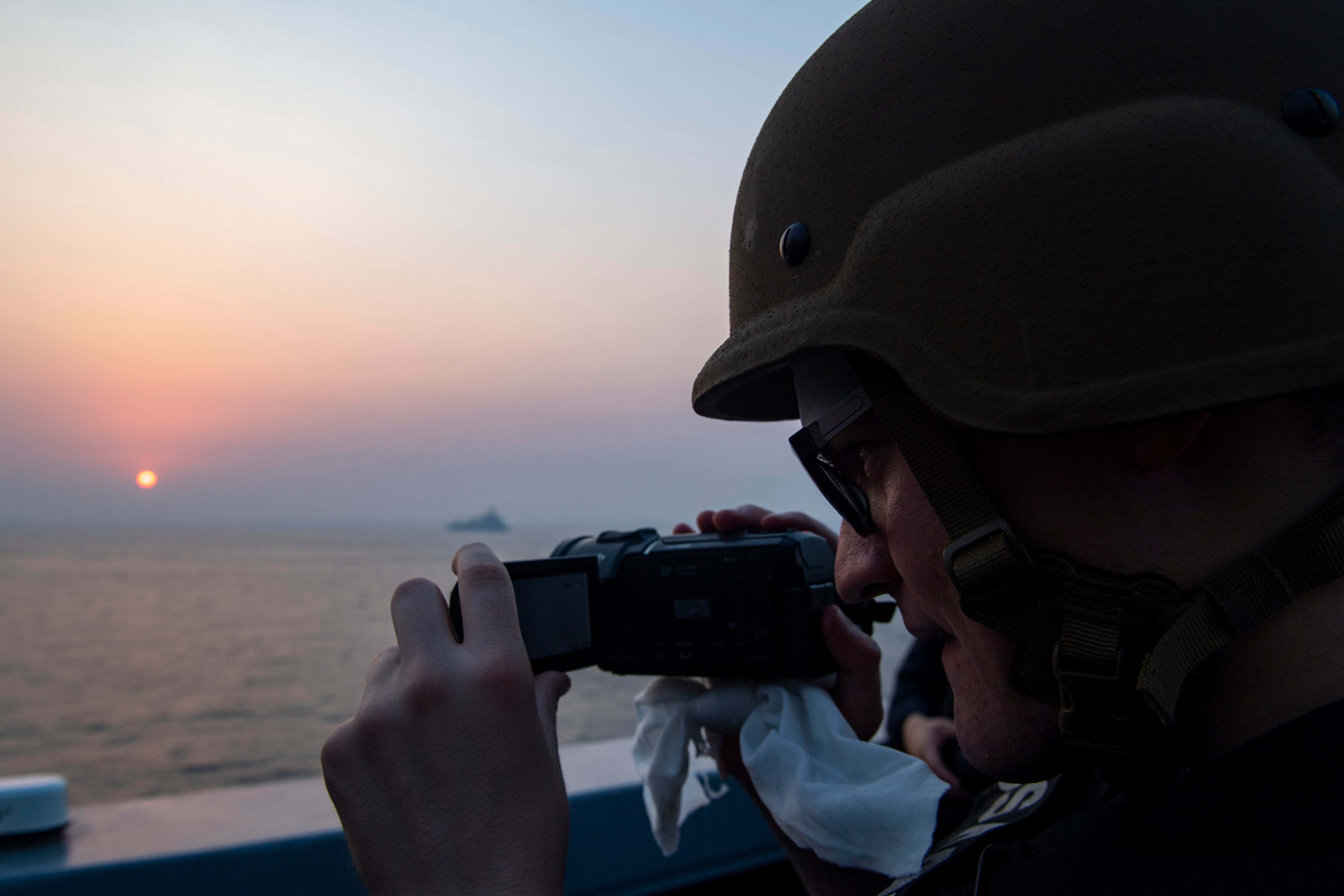
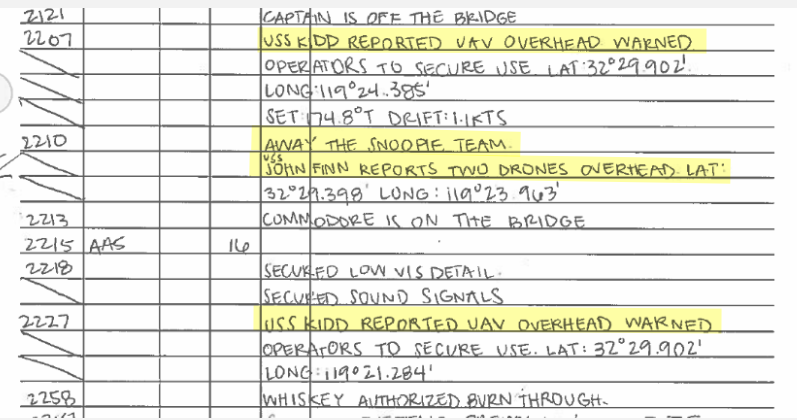

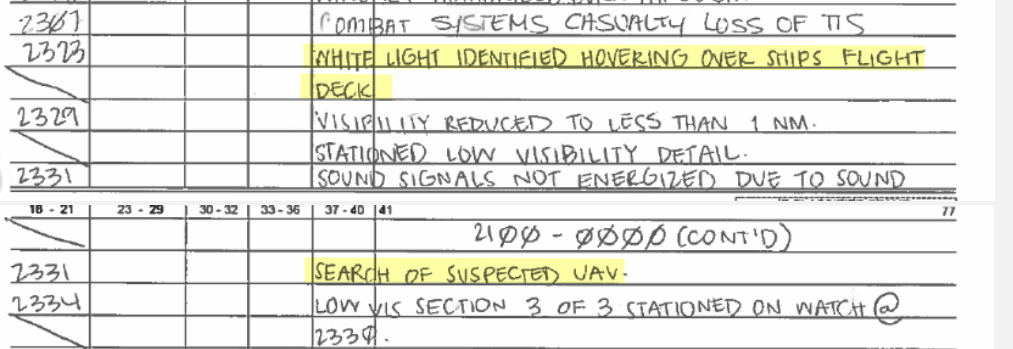

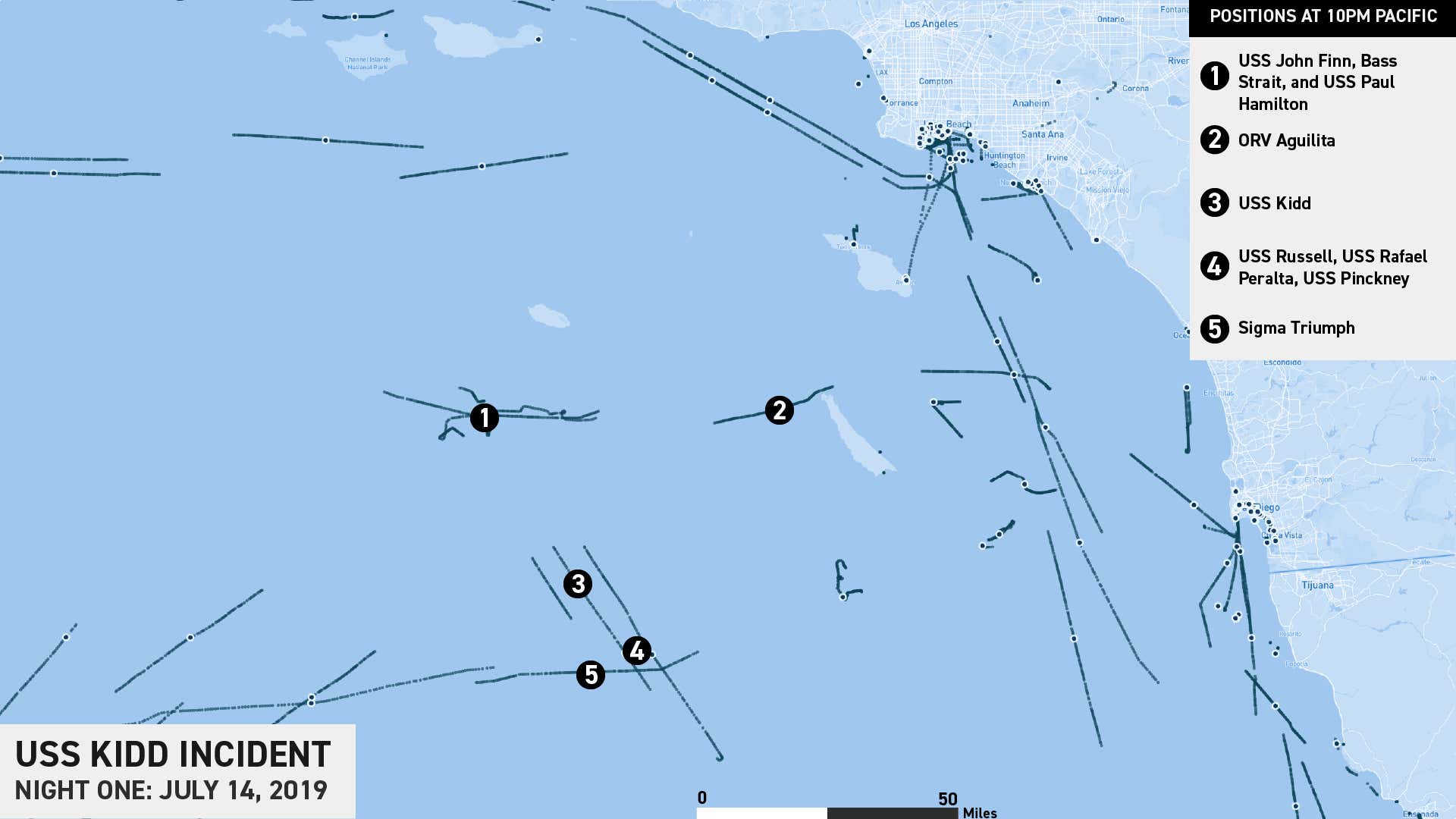




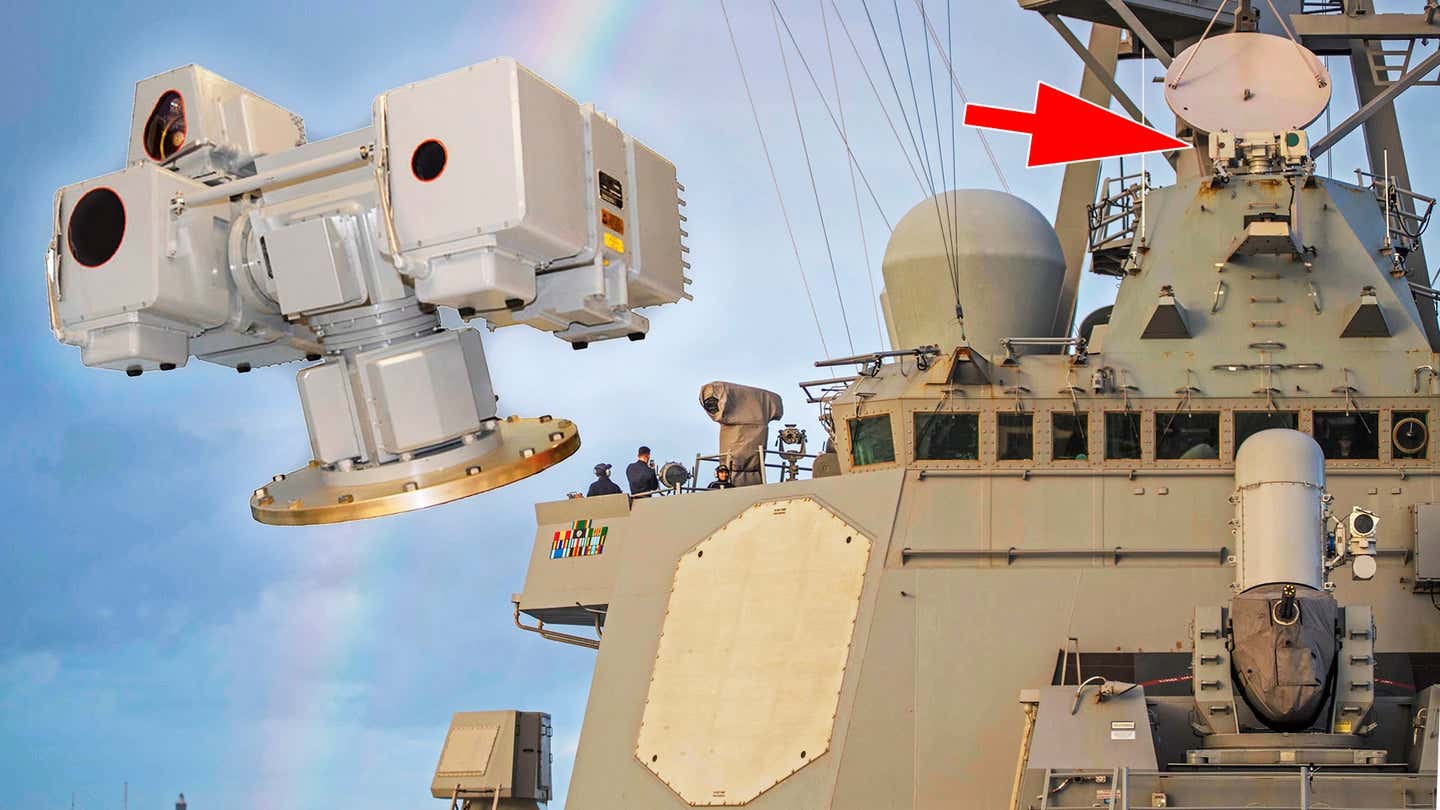
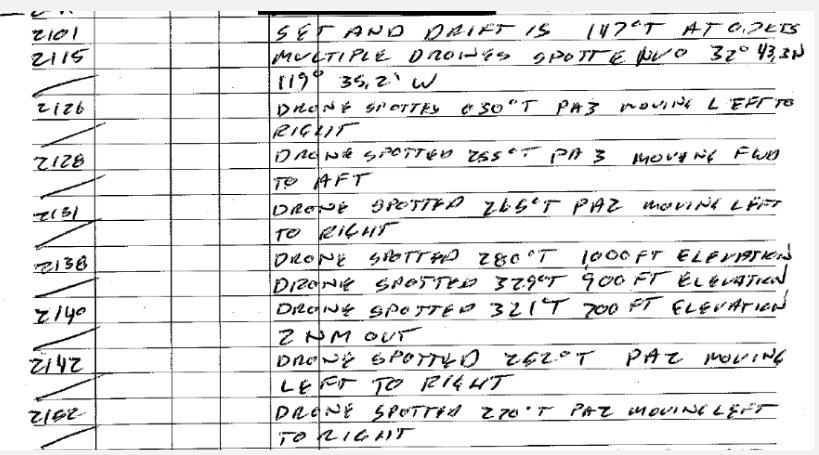



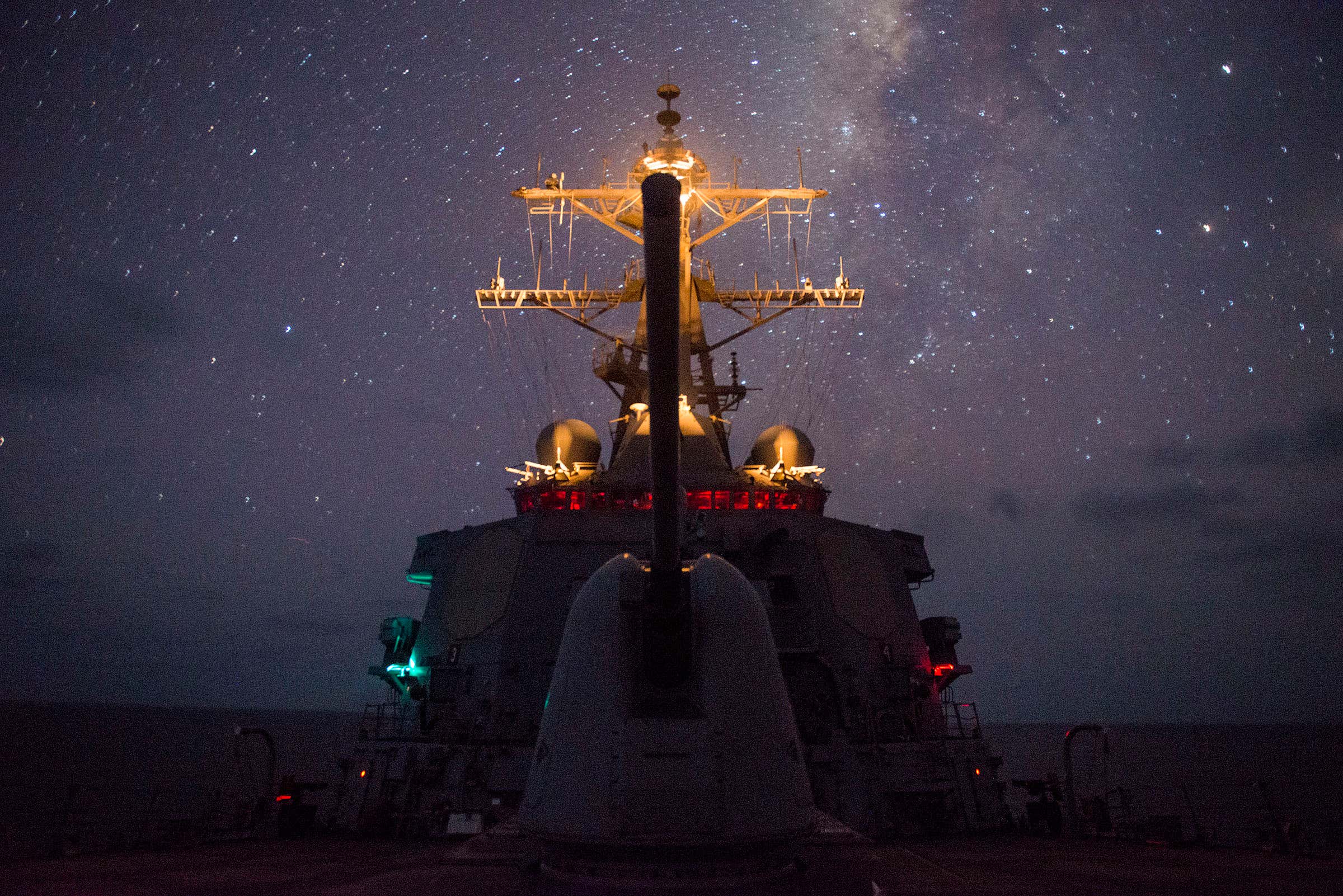
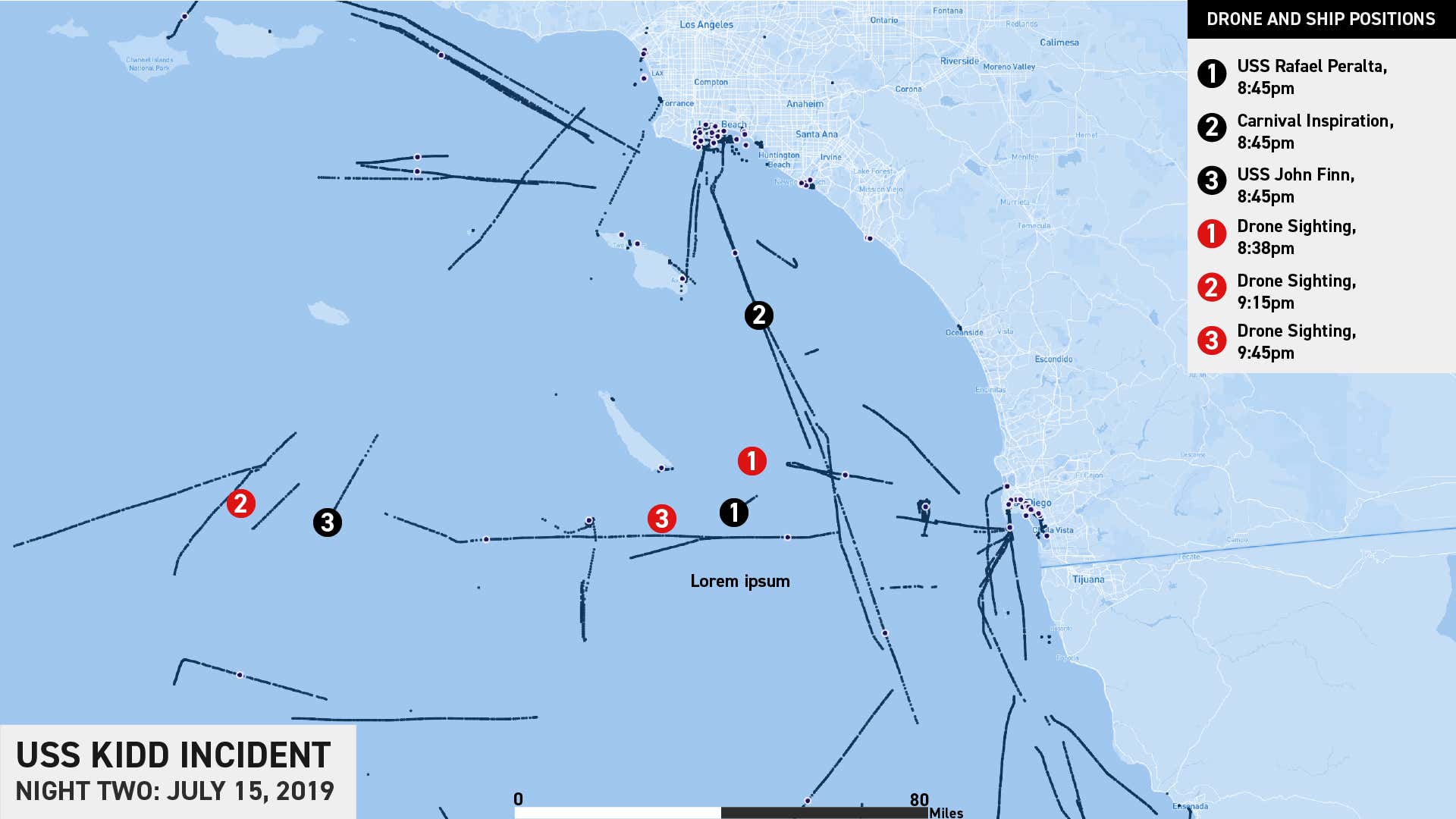
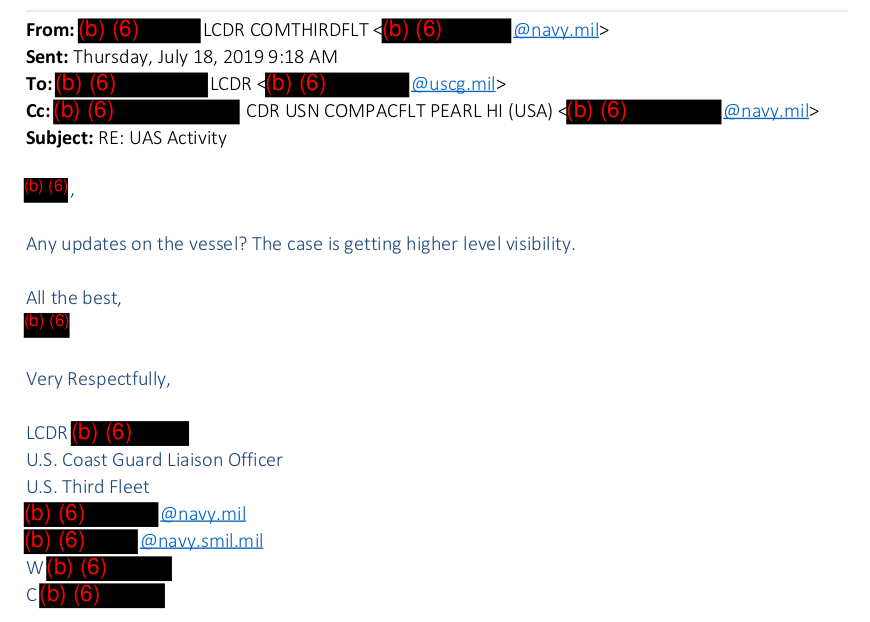
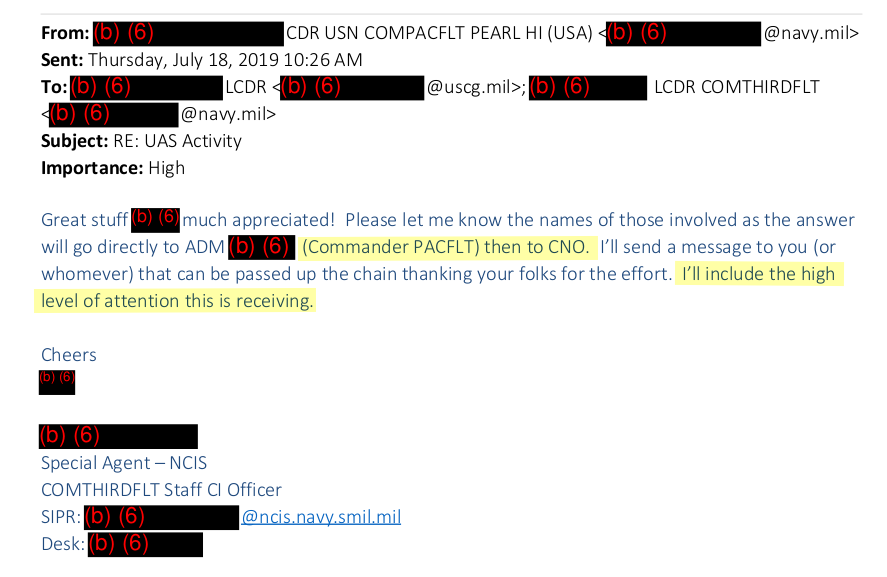
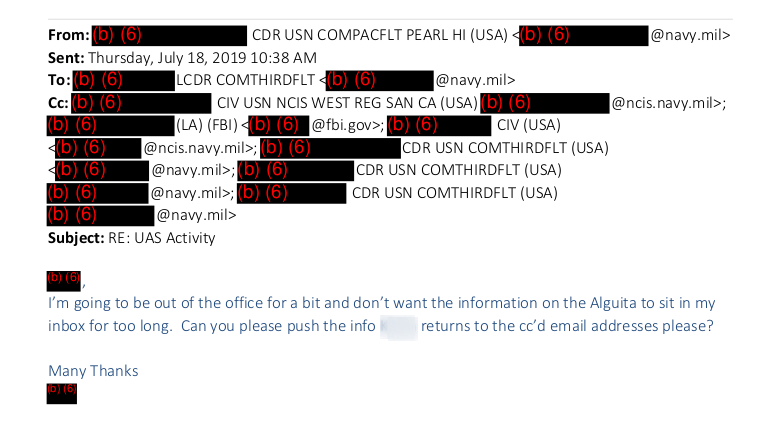
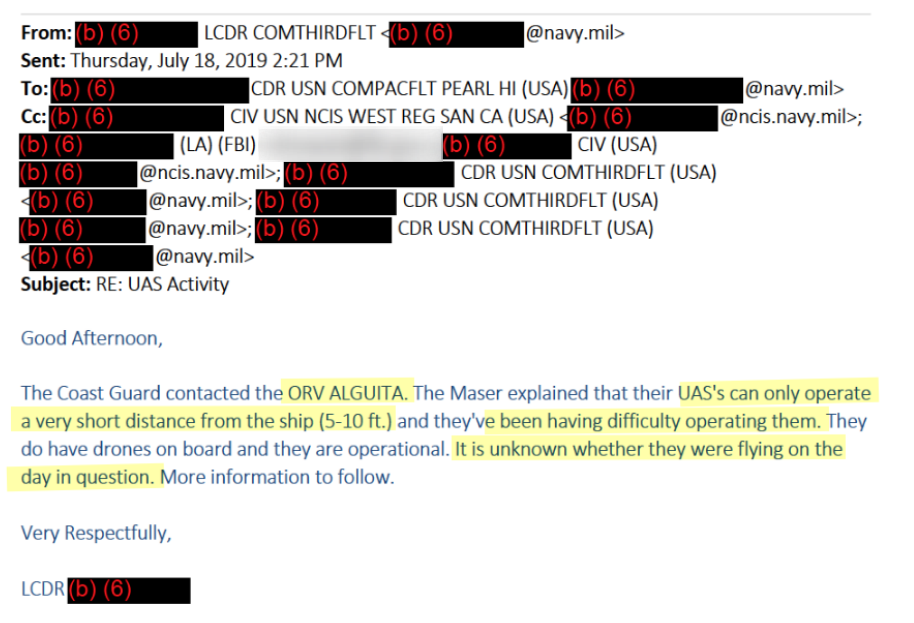


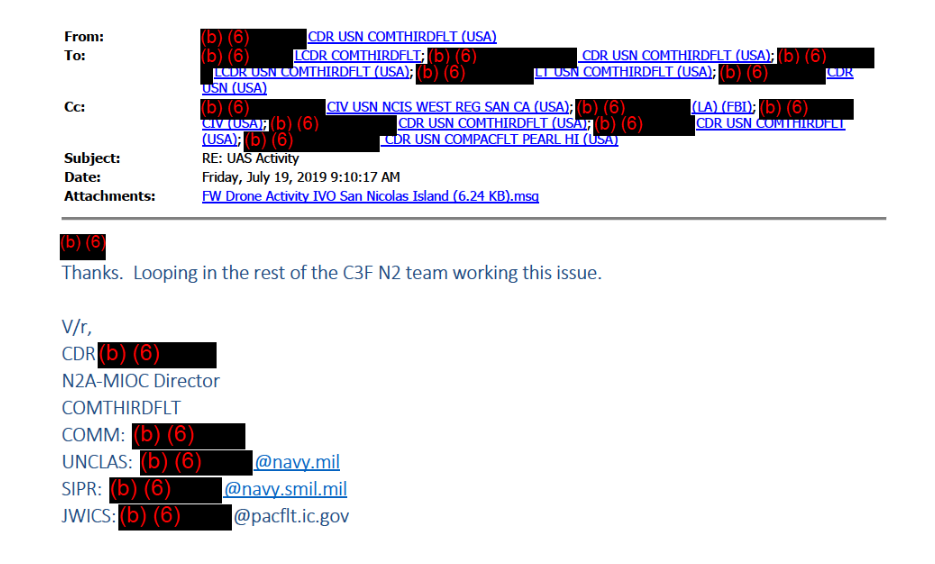
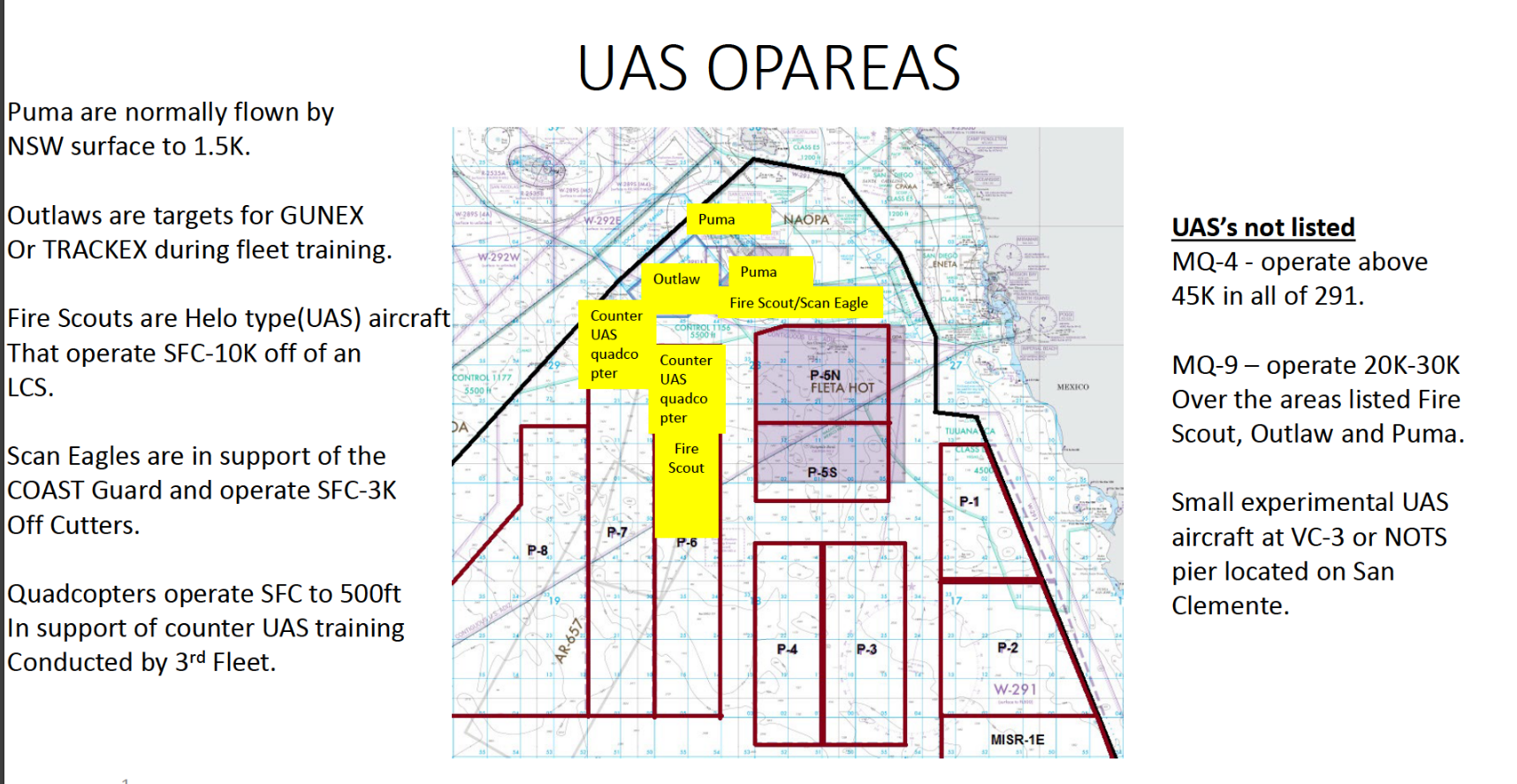

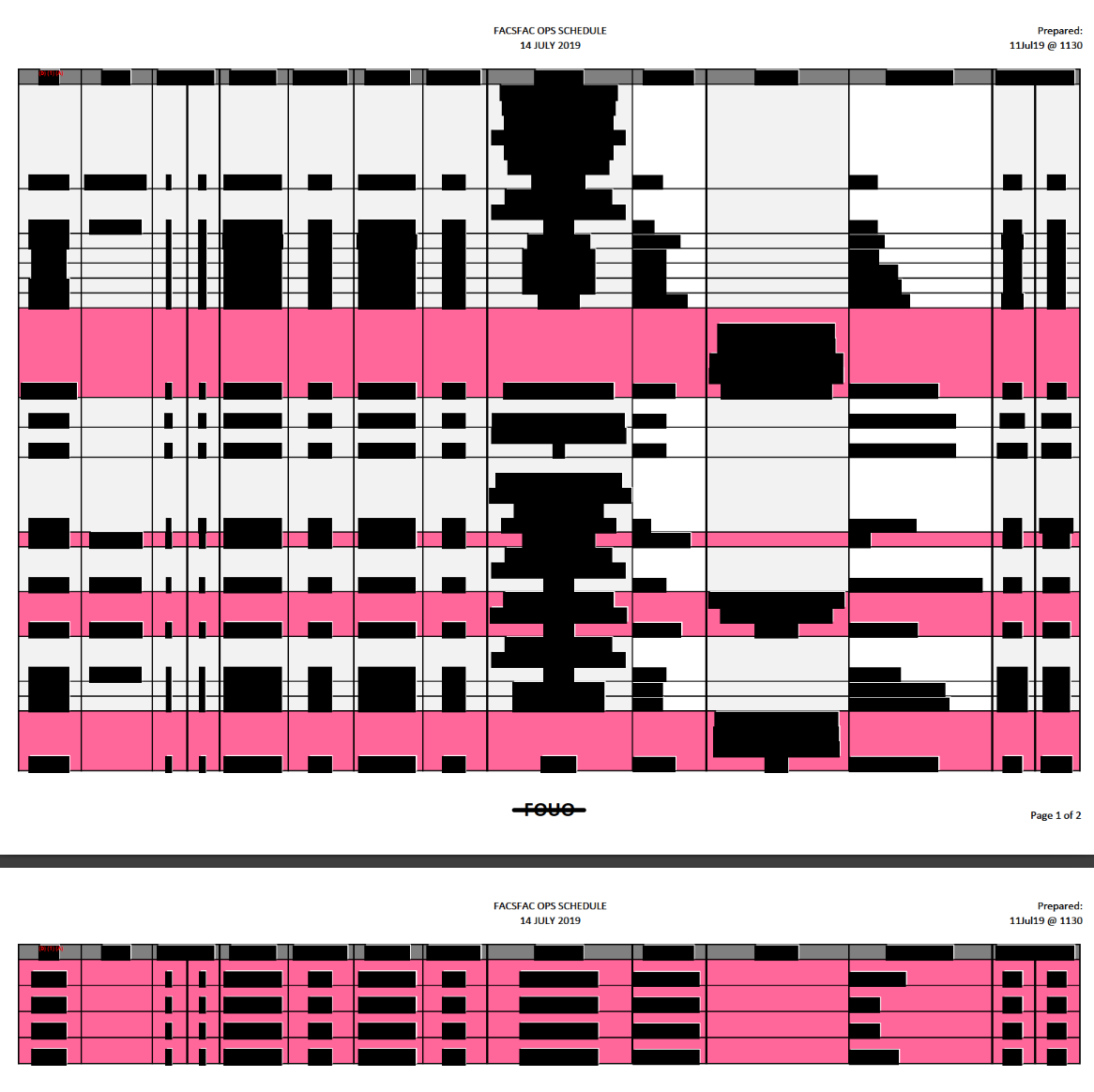
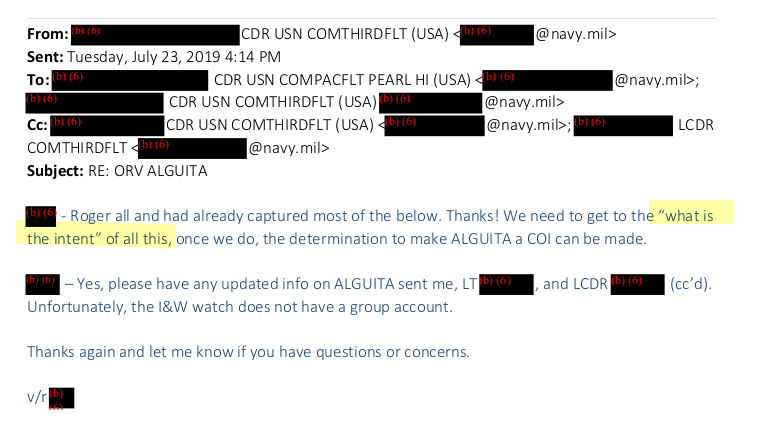
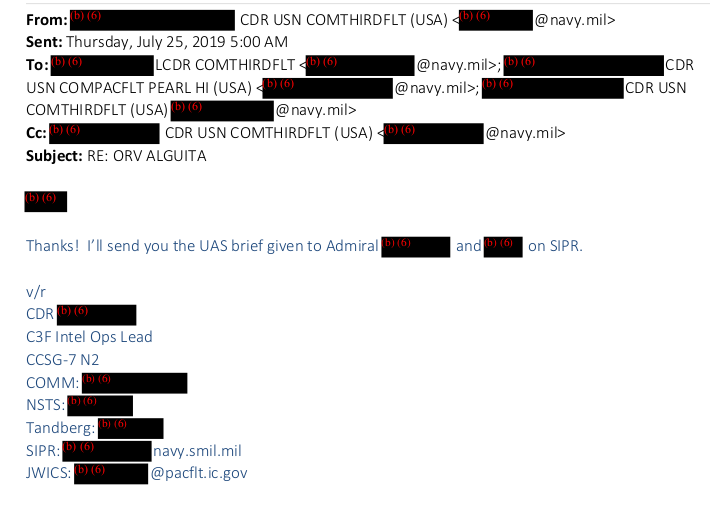





/cloudfront-us-east-1.images.arcpublishing.com/mco/QWMWNVOIZRDOHG4S3GIPPY7M24.jpg)
/arc-anglerfish-arc2-prod-mco.s3.amazonaws.com/public/BWY4AJ5XDVAA7IXBVJM4GVK4WM.jpg)
:quality(70)/cloudfront-us-east-1.images.arcpublishing.com/archetype/QWMWNVOIZRDOHG4S3GIPPY7M24.jpg)
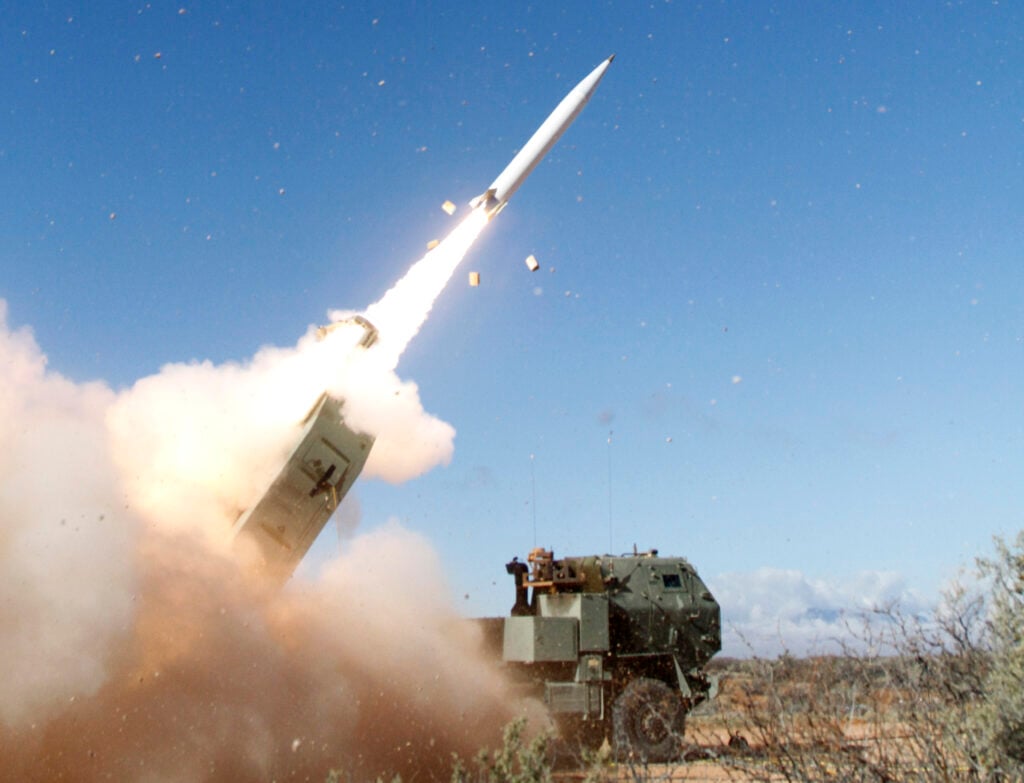
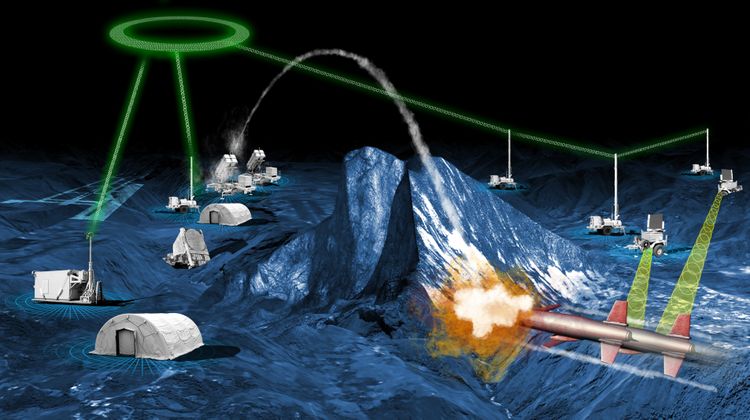
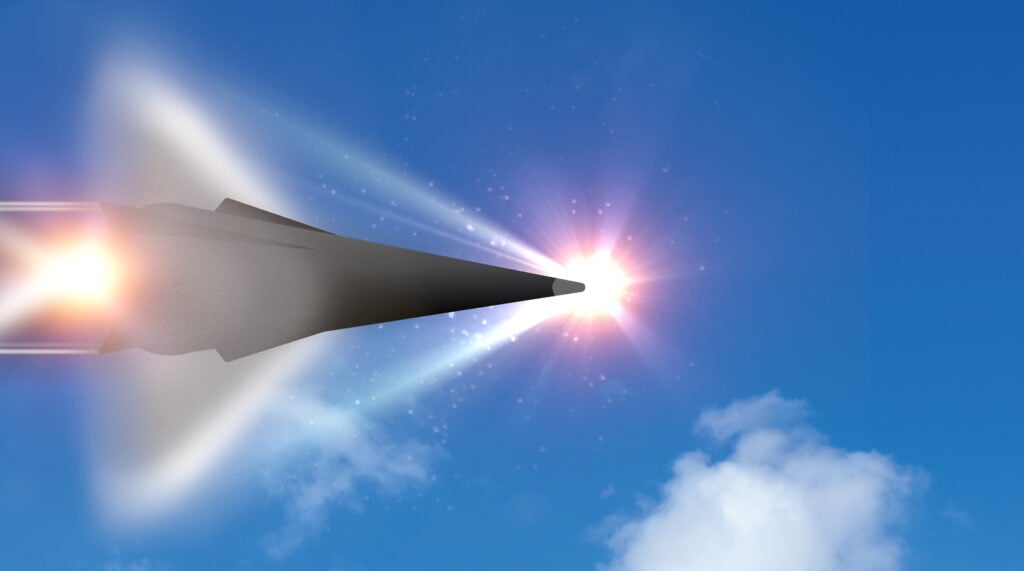

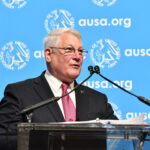

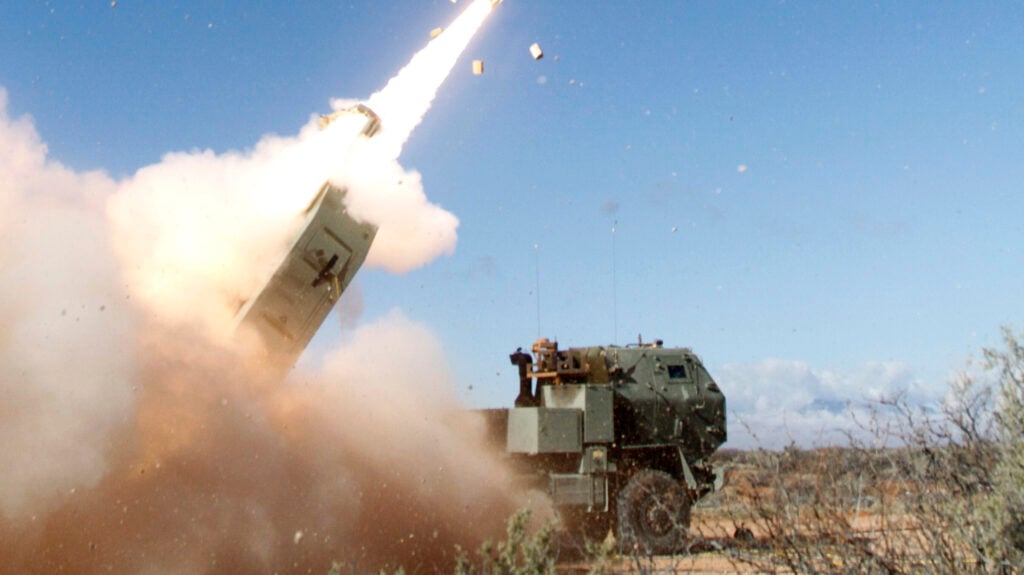

![Book Launch of Ramzy's Baroud latest book - The Last Earth: A Palestinian Story on 27 March, 2018 [Jehan Alfarra/Middle East Monitor] Book Launch of Ramzy's Baroud latest book - The Last Earth: A Palestinian Story on 27 March, 2018 [Jehan Alfarra/Middle East Monitor]](https://i1.wp.com/www.middleeastmonitor.com/wp-content/uploads/2018/03/104A1259.jpg?resize=180%2C168&quality=85&strip=all&zoom=1&ssl=1)
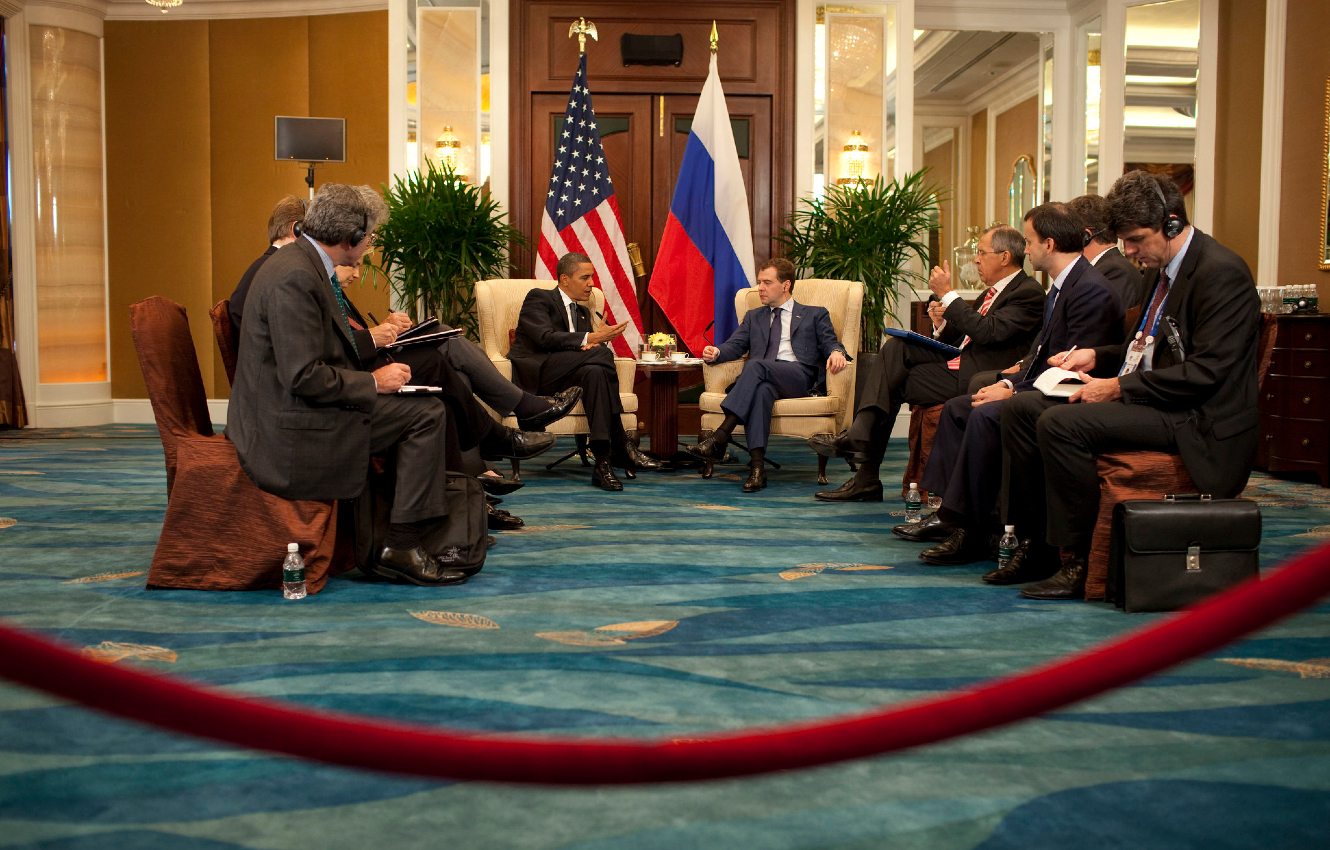


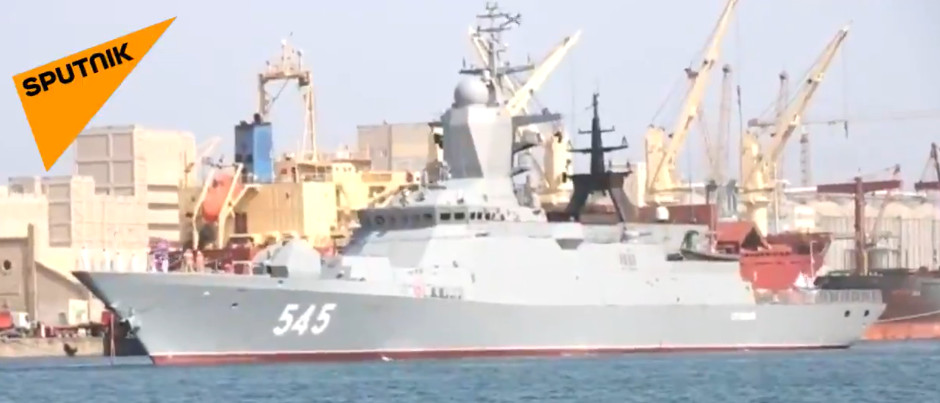

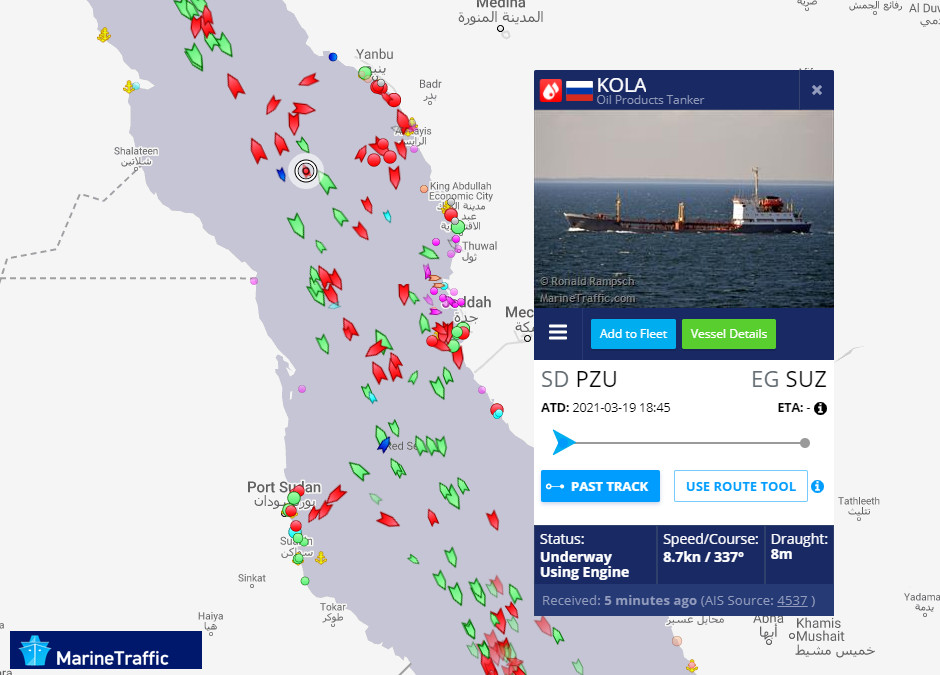

 Check it out on Amazon
Check it out on Amazon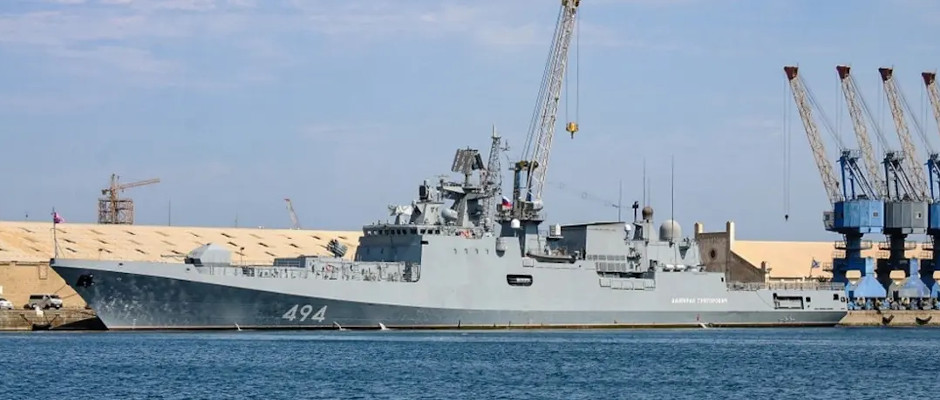
![The Mozambique government has confirmed the attack and said soldiers had launched an offensive to repel the fighters from the town, the hub of the giant gas project [File: Andre Catueira/EPA] The Mozambique government has confirmed the attack and said soldiers had launched an offensive to repel the fighters from the town, the hub of the giant gas project [File: Andre Catueira/EPA]](https://www.aljazeera.com/wp-content/uploads/2021/03/h_51050988.jpg?resize=770%2C513)
